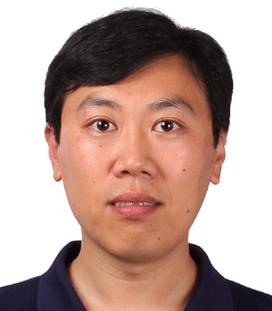 Terry Yu is Marketing Director for Visionox although at one time he was an analyst at DisplaySearch and IHS. He looked at the development of OLED.
Terry Yu is Marketing Director for Visionox although at one time he was an analyst at DisplaySearch and IHS. He looked at the development of OLED.
Quoting data from GfK, Yu showed how the market for smartphones has matured since 2015, with only 6% growth in 2016, 4% in 2017 and just 2% expected in 2018. Smartphone makers have had to work on features such as better cameras and face detection to try to drive demand growth.
More and more Chinese makers are adopting OLED displays and this year there should be more than 400 million OLED smartphones, but this should increase to around 700 million by 2022. So despite the negative media comment because of Apple, the market should see good growth. From Visionox’s point of view, a delay by Samsung in adding capacity is a big advantage in potentially allowing some catch up.
Yu said that there is a range of different form factors including ‘mini-notch’ displays and full screen displays with small holes and in the end there may even be full screen ‘hole free’ displays. Functions will need to be integrated including force touch and fingerprint detection as well as better optical performance. The form factor may even shift to 21:9 aspect ratio. The bezels will get even smaller and power efficiency will continue to be improved.
Visionox expects display formats to continue to evolve
Visionox has moved from chip-on-glass (COG) to hip-on-film (COF) to put the driver behind the display and in the future, with plastic substrates, the driver can be wrapped to the back. Putting the fingerprint sensor under the OLED is also a maturing technology.
The gap between LTPS and OLED pricing has been shrinking rapidly over the last three quarters. At the moment, a lot of the cost for OLEDs comes from polarisers, drivers and other non-OLED parts, so there is good scope for cost reduction.
As BOE had said, Visionox believes that the development of IoT and AI with 5G will increase the potential for OLED, which will also be helped by foldable smartphones and tablets. At the moment ‘smart home displays’ like the Amazon Echo Show are becoming more popular and Yu thinks they will also use OLEDs. Automotive display is also a good application for OLEDs.
Visionox has two fabs in China and has been working on AMOLED for more than 20 years. The company has smartphone and smaller displays and it is working on foldable technology.

